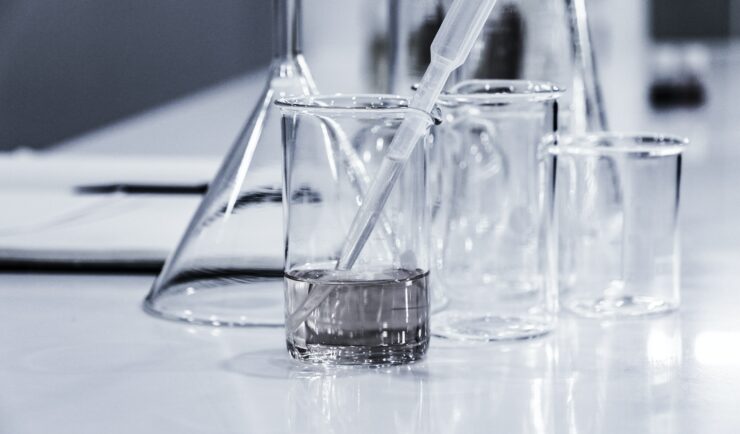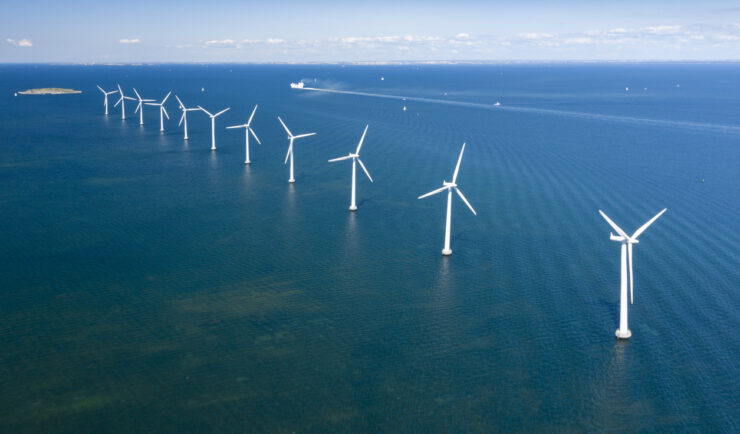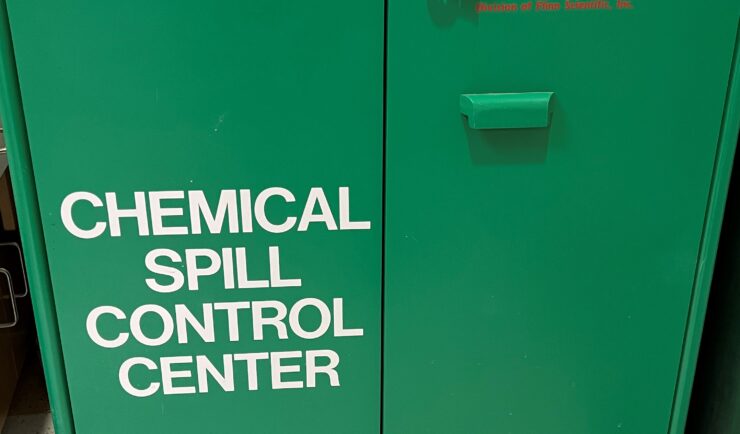- Success Stories
- Environmental Resource Assessment & Management
Examining Cetaceans for Contamination and Pathogens
CSS has employee owners who are experts in monitoring cetacean health. Several CSS scientists supporting NOAA’s Centers for Coastal Ocean Science have recently conducted research and tests on marine mammals to explore uncommon behaviors and causes for strandings. View some examples of this research below.
Microplastics are becoming increasingly abundant in coastal and marine environments. A CSS marine mammal microplastics specialist is monitoring microplastic abundance and types in the gastrointestinal tracts of stranded cetaceans. Since 2022 our specialist has processed over one kilometer of intestines from 53 marine mammals, most of which have been Tamanend’s bottlenose dolphins (Tursiops erebennus) local to the Charleston Harbor Estuary. Our specialist has discovered microplastics in every marine mammal tested to date, with the most common plastic being polypropylene fibers, a plastic commonly used in fishing nets, construction materials, textiles, and other synthetic products.

CSS scientists are using unoccupied aerial systems (UAS), also known as drones, to collect blow exhalation samples from Tamanend’s bottlenose dolphins in the Charleston Harbor Estuary. Over the past 20 years, these dolphins have been observed moving from waters with higher salinity to waters with low salinity, often needing rescuing and displaying poor health conditions. Using a UAS equipped with petri dishes enables scientists to monitor the respiratory health of dolphins at low cost in a non-invasive manner. Through these collections, CSS scientists are screening samples for respiratory pathogens and have screened more than 40 samples to date.

When the South Carolina Department of Natural Resources discovered a beached 43 ft sperm whale in Bulls Bay along the South Carolina coast, CSS cetacean specialists jumped to action. They assisted the Lowcountry Marine Mammal Network with the field response and partial necropsy by transporting supplies to the site, taking measurements, recording data, and collecting samples to understand what may have caused the death of this animal. The team examined the whale’s stomach and intestines for potential plastic ingestion.Throughout the examination, the team did not discover (macro)plastics within the cetacean’s digestive tract.
See More CSS Insights

An Approach to Assessing Laboratory Space
CSS employee owners were part of a team of scientists at the National Institutes of Health who developed an approach to evaluating new laboratory space to determine if the space will fit operational needs. This concept, titled The BaseLINE Approach, combines traditional safety processes with additional safety and environmental factors to assess before operations begin.…

Contributing to Wind Energy Area Designations
The Bureau of Ocean Energy Management (BOEM) recently announced two Wind Energy Areas (WEAs) in the Gulf of Mexico. The WEAs are located off the coasts of Galveston, Texas, and Lake Charles, Louisiana and have the potential to power nearly three million homes. BOEM collaborated with the National Oceanic and Atmospheric Administration (NOAA) to identify…

Employees Receive Green Sustainability Award of Excellence
Congratulations to our team supporting the Center for Disease Control (CDC) for receiving the Green Sustainability Award of Excellence. Our team led the charge helping CDC to upgrade their spill cabinets across all campuses (Atlanta, GA; Fort Collins, CO; San Juan, PR), which now include a more sustainable material called Trivorex ®. This highly absorbent…
